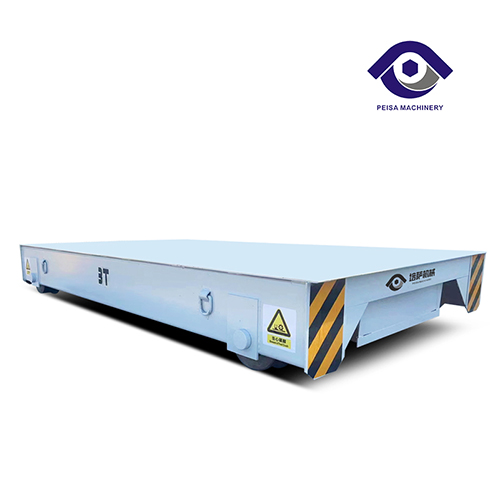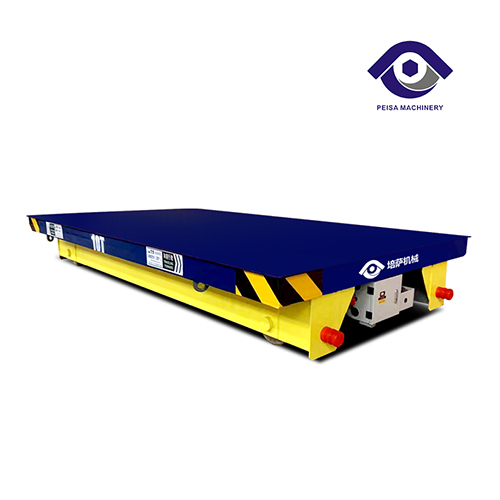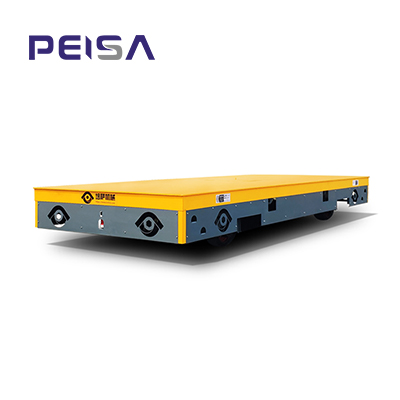
Product

 WhatsApp
WhatsApp
Transfer Cart for Steel Coils
Number of visits:44 Seconds Update time:2024-12-28

In the field of industrial transportation, we have carefully customized this remote control battery rail transfer cart to meet the diverse and specific needs of customers. Its core mission is to transport heavy steel coils efficiently and safely, while also having flexible versatility to meet the handling requirements of different goods.
The advantage of this rail cart lies in its unique U-shaped groove design. We are well aware that the steel coils transported by each customer may vary in size, so the U-shaped groove can be precisely customized according to the size of the steel coils actually transported by the user.
The coil transfer trolley transports 2 steel coils at a time, which not only improves transportation efficiency, but also fully considers the stability and safety during transportation, ensuring that the steel coils will not shift or roll during transportation, protecting the goods from damage to the greatest extent, and also ensuring the smooth progress of transportation operations and the safety of on-site personnel.
The U-shaped groove has the functional characteristics of being detachable. When the U-shaped groove is removed, the rail cart instantly transforms into a flat platform surface, which greatly expands its application range. At this time, it can take on the task of transporting other heavy machinery and equipment, whether it is large machine tools, industrial robots, or various irregularly shaped heavy parts, they can be placed steadily on the platform for transportation. This flexible and changeable design enables a battery rail transfer cart to meet the transportation needs of various types of goods, saving customers equipment procurement costs and storage space, truly realizing one car for multiple uses, and improving resource utilization and enterprise production efficiency.
No matter what complex operating environment, the operator can use the remote control to control the coil transfer trolley in all directions at a certain distance, easily realizing operations such as starting, stopping, moving forward, moving backward, turning, and speed adjustment, avoiding the potential safety hazards caused by close manual operation, and at the same time being able to more intuitively observe the transportation route and cargo status to ensure the efficiency and safety of the transportation process.






 WhatsApp
WhatsApp